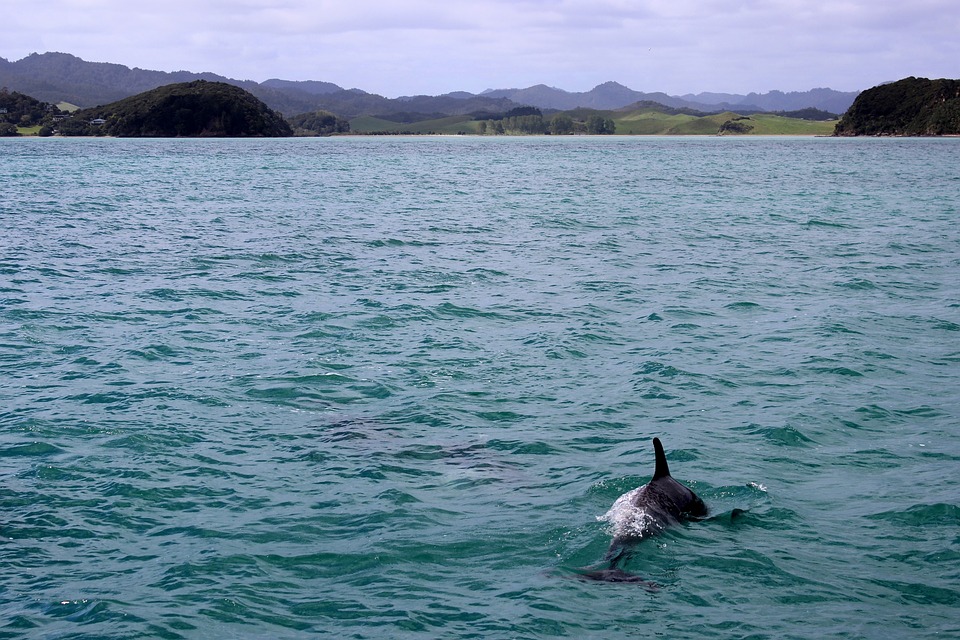Title: Climate Ecstasy: The Unseen Impacts of Costa Rica on Climate Change
==========================================================================================================
Introduction
Climate Change has been a topic of great concern worldwide, as nations strive to reduce greenhouse gas emissions and mitigate the long-term effects of global warming. However, for most people, understanding the complex dynamics of Climate Change is challenging. Yet, amidst this conundrum, we find an unlikely hero in the vibrant rainforests and diverse ecosystems of Costa Rica – a country that seems to be silently championing the fight against climate change.
A country of ≈51,100 square kilometers in Central America, Costa Rica is home to 5% of the world’s biodiversity, despite representing only 0.03% of the Earth’s surface. This unique geography has led the country to become an exemplar in environmental protection and, consequently, has helped mitigate the negative impacts of Climate Change. But what are the unseen impacts of this small yet mighty nation on our planet’s health?
Reducing Carbon Footprints: The Tale of Costa Rica’s Renewable Energy Revolution
Costa Rica has been at the forefront of the renewable energy revolution, generating 98% of its electricity from renewable sources since 2020. With an impressive leadership in hydroelectric, wind, and geothermal energy production, the country has set the world on fire, demonstrating that it’s possible to have a clean, green energy model that powers a healthy economy.
(Image: Vector illustration of Costa Rica with a power cable tree branch)
By relying heavily on renewable energy sources, Costa Rica has dramatically reduced its carbon footprint, an essential player in the fight against climate change. The country has even strived toward carbon neutrality, with the ambitious goal to achieve zero net emissions of carbon dioxide by 2030.
Conservation and Biodiversity
Costa Rica is also one of the most biodiverse countries in the world. Its tropical rainforests serve as natural carbon sinks, responsible for removing billions of tons of carbon dioxide from the atmosphere each year. These ecosystems act as an essential buffer against Climate Change, protecting coastal areas from extreme weather, flooding, and sea-level rise.
Costa Rica is also home to over 300,000 acres of protected land, making up approximately a quarter of the country’s total land area. These parks are full of endemic species and serve as habitats for endangered animals, providing a well-preserved environment for future generations.
Ecotourism – A Sustainable Model
As poverty and lack of technical knowledge often lead to environmental exploitation in developing nations, Costa Rica became the first country in the world to create a National Park System. This remarkable achievement is one of the many reasons why the country’s ecotourism industry is booming, attracting millions of nature enthusiasts each year to its well-preserved ecosystems.
Eco-tourism promotes responsible travel to natural areas, where human presence has minimal impact on the environment. This model generates essential revenues for maintaining conservation projects, protecting wildlife, and supporting local businesses. Costa Rica’s dedication to eco-friendliness is, in fact, inspiring many governments worldwide to adopt sustainable and environmentally friendly policies in the tourism sector.
How Costa Rica Inspires
The International Ecotourism Society has recognized Costa Rica as the pioneer of sustainable ecotourism. It has raised the awareness of climate issues and the importance of preserving natural beauty worldwide. In aspiring to create a carbon-neutral economy, invest in protected natural areas, and target sustainable tourism, Costa Rica has become a global leader in climate action.
Conclusion
Costa Rica proves that even a small country can have a profound impact on the world, making a positive contribution to improve our climate and environment. This verdant nation’s tireless dedication to green practices and environmental conservation makes a significant difference in reversing the adverse effects of Climate Change. By driving forward the message that economic development and environmental conservation are not mutually exclusive, Costa Rica inspires everyone to contribute to reducing global carbon emissions and protecting our natural world.
==========================================================================================================
FAQs
- What are some of the efforts Costa Rica has made to generate renewable energy?
Answer: Costa Rica has embraced hydropower, geothermal energy, and wind power production to reduce its dependency on fossil fuels and create a clean energy model. These diverse energy sources have allowed Costa Rica to produce nearly 100% of its electricity from renewable sources.
- How does Costa Rica’s biodiversity contribute to climate change mitigation?
Answer: Costa Rica’s diverse ecosystems play an essential role in mitigating climate change by acting as carbon sinks, sequestering carbon dioxide from the atmosphere. Protecting this precious biodiversity is crucial for maintaining healthy ecosystems that support the planet’s natural carbon cycles.
- What policies has Costa Rica implemented to promote sustainable tourism?
Answer: Costa Rica has developed a certification system for sustainable tourism, which involves auditing accommodations, tour operators, and other tourism businesses to ensure environmentally responsible practices. The country also emphasizes community-based tourism, providing benefits to local communities while fostering environmental sustainability.
- When did Costa Rica achieve its goal of carbon neutrality?
Answer: Costa Rica had set a goal to become a carbon-neutral country by 2021, focusing on the reduction of greenhouse gas emissions and enhancing the country’s forest cover. Although the goal was initially set for 2021, progress continues toward achieving carbon neutrality and accelerating sustainable practices across the country.


